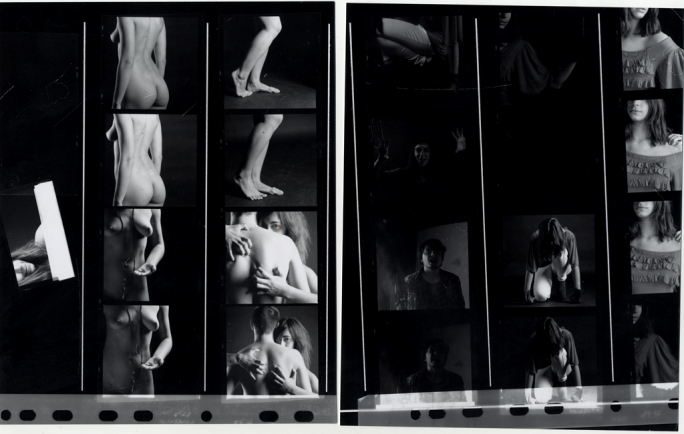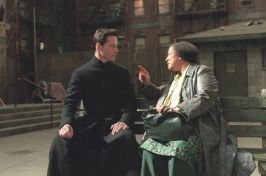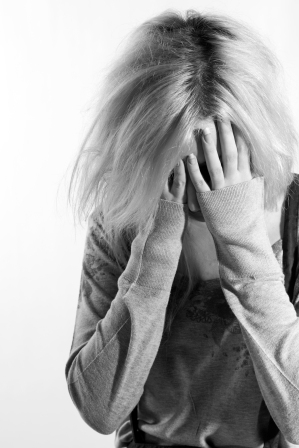Production and Outcomes was the subject for our sixth ITAP lecture last week. It described in detail ways of optimizing both the production stage and the outcome form of our design process. This included 5 key principles, of which I will describe two by using examples from the photographic industry.
Interpretation is the means by which each creative uses, more or less consciously, the zeitgeist of their time in order to give a certain feel to their work that is appropriate to the time and place they are in. The zeitgeist it the sum of all the characteristics specific to a certain timeline and place, as brought by art, literature and religion. This greatly influences the work of contemporary artists and can also show slight differences between the same idea but re-worked in a different timeline.

HOKUSAI – SUDDEN GUST OF WIND
For example, there is Hokusai`s “Sudden Gust of Wind”, a 19th-century-painting that illustrates the effect of an upcoming typhoon. Signs can be found in the form of bent trees, characters that seem panicked. This was the effect of the zeitgeist on Hokusai. Living in Japan meant experiencing dozens of such events that ultimately led him to inspiration. However, there are some distinctive features such as the simplistic line in the background, forming the shape of a mountain, something characteristic to Hokusai`s time and style and also the dynamics caused by the impression of wind carrying things in the air.

JEFF WALL – SUDDEN GUST OF WIND
A few centuries later, in 1993, Jeff Wall decides to reproduce Hokusai`s painting in his own way. Although not a painter,
photographer Jeff Wall took more than 50 images in order to construct the final photo. Being a `90 Canadian photographer, he placed his scene in Vancouver and had the image printed on Cibachrome. The same elements are there, dynamism created by wind, the trees bent, strong sign of a powerful storm coming, but there are certain aspects unique for Wall`s time and place such as the characters of the image and also electrical pols in the background.
Another relevant principle for this subject is Delivery. It refers to the ways a creative uses his work and the platforms that the work may lay on. These include editorial work, advertising, publishing and others.
An example of photographer using several platforms is Ansel Adams. He became so widely popular in the 20th-Century United States that his photographs were being used in calendars, books, encyclopedias etc. Being a convinced environmentalist, Ansel Adams would often take trips in Yosemite and the High Sierra. His photographs inspired perfection of nature and were to be included in several portfolios that he sold for thousands of dollars. He has connections with Stieglitz and Georgia O`Keeffe, also famous artists of their time.
Along with Imogen Cunningham and Edward Weston he formed Group f/64 and used it to further promote their work and the notion of “pure photography”. Although not long lived, the group provided a very different perspective on photography as an art and also provided a new and innovative way of depicting work.
In 1933 Ansel Adams opened his own photography gallery in San Francisco and began doing commercial work for different clients. These new platforms included documentary photography and also photojournalism. These easily illustrate Adams`s versatility as both a fine art printer and a journalist.















